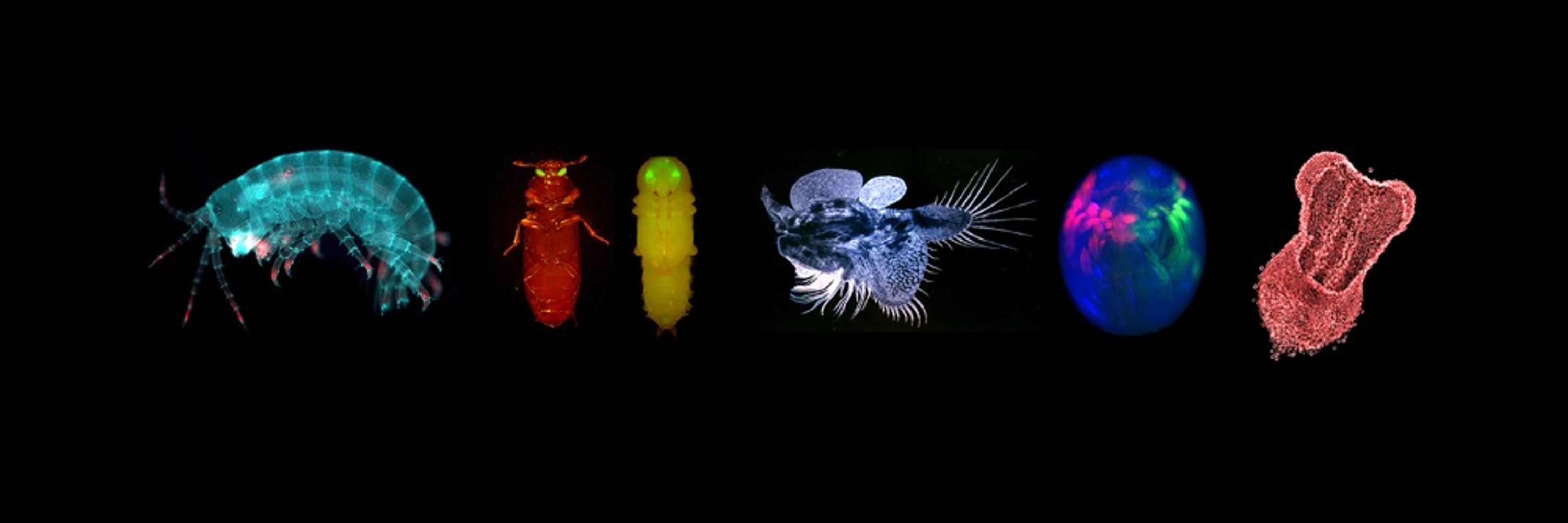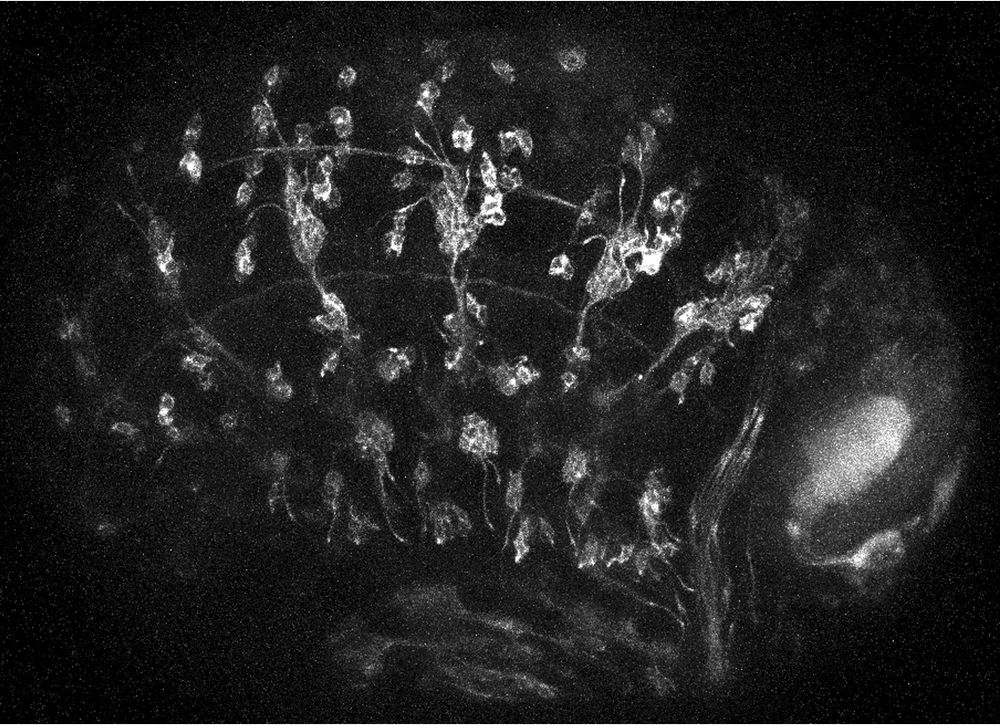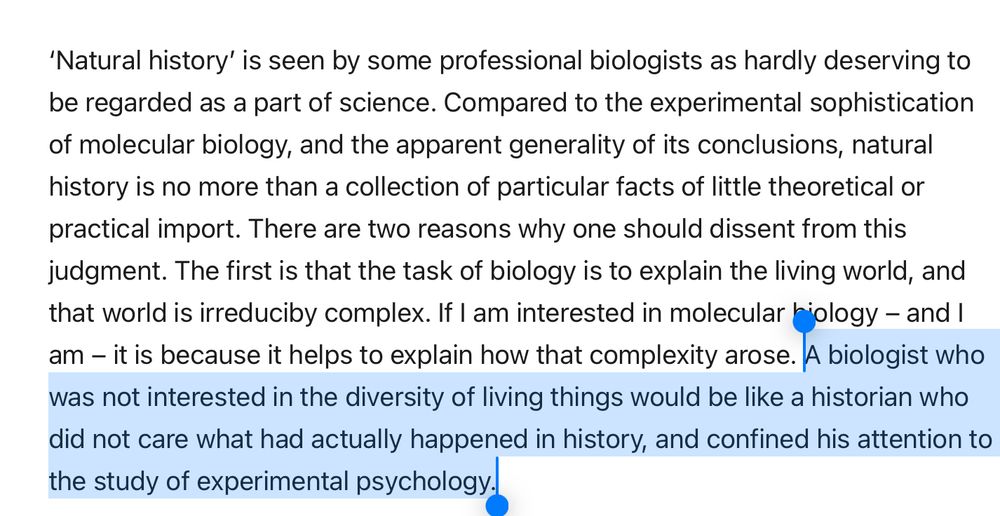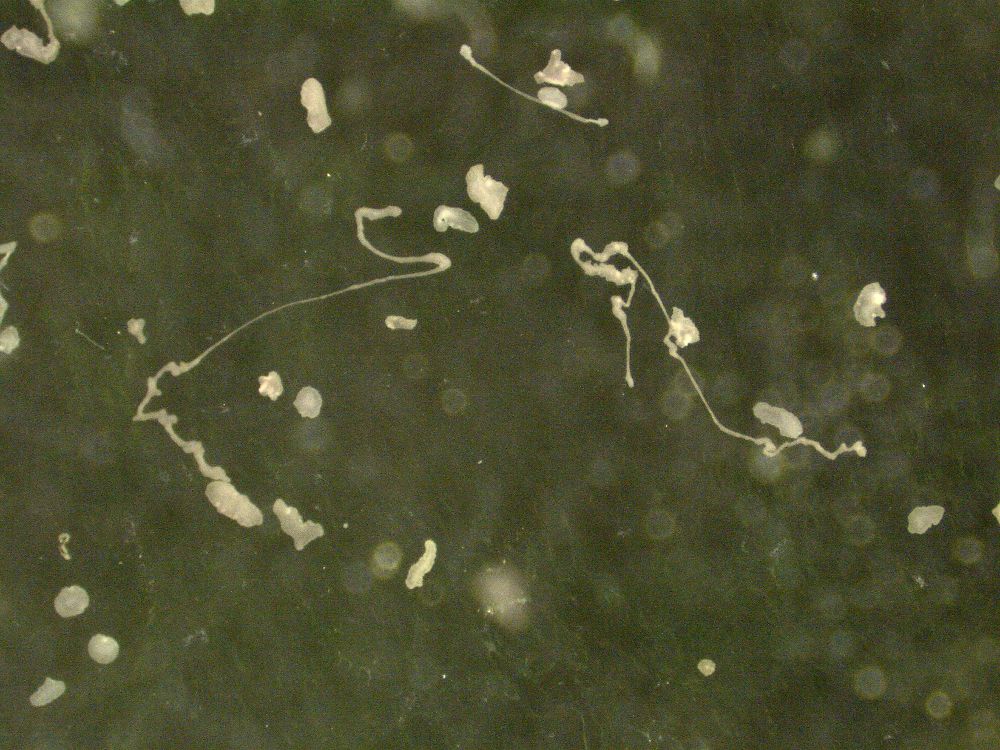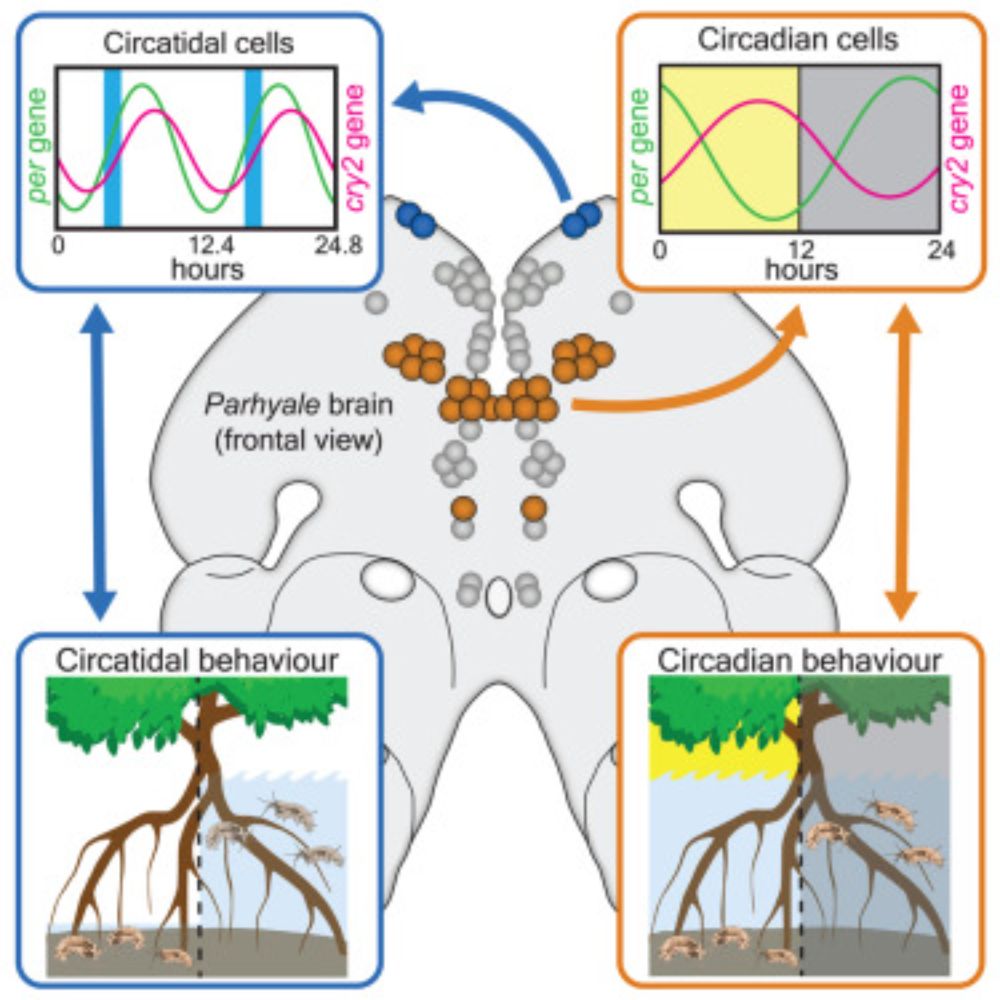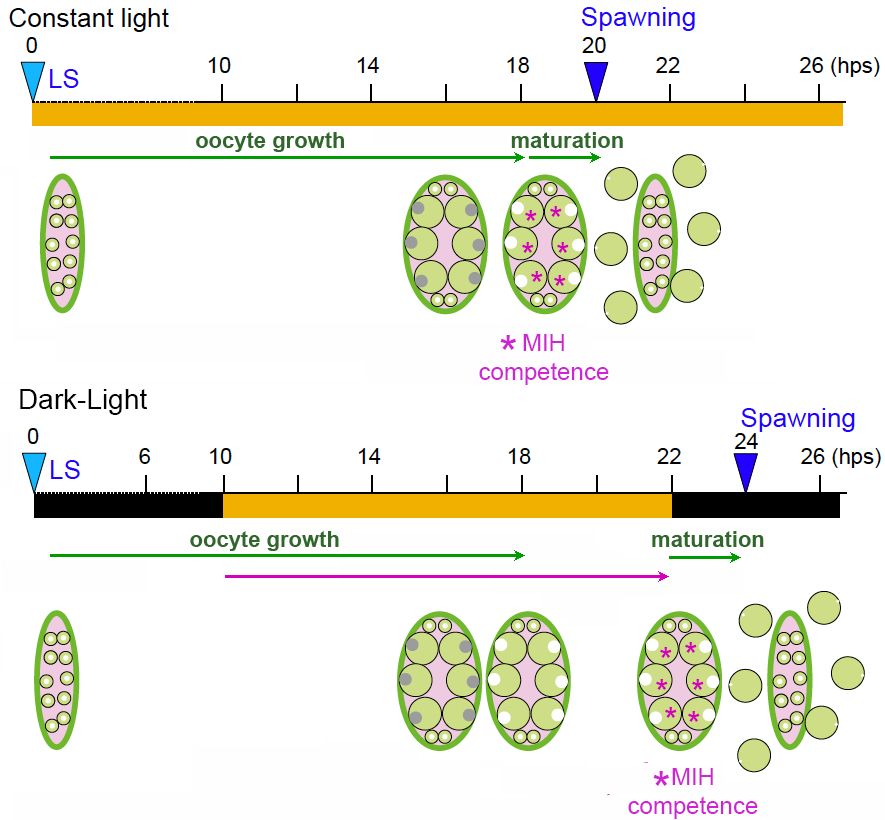Michalis Averof
@michalis-averof.bsky.social
2.4K followers
680 following
78 posts
Comparative developmental biology, regeneration, non-conventional model organisms, live imaging; see www.averof-lab.org
Posts
Media
Videos
Starter Packs
Reposted by Michalis Averof
Reposted by Michalis Averof
